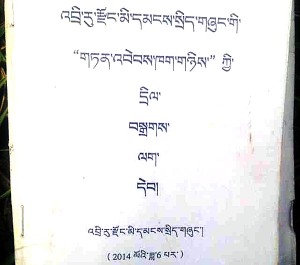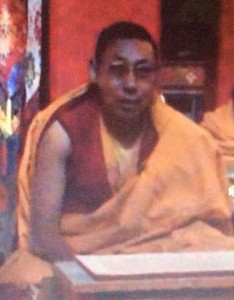
The Tibetan Centre for Human Rights and Democracy (TCHRD) recently published an update on the escalating repression in Diru (Ch: Biru) County in Nagchu (Ch: Naqu) Prefecture, Tibet Autonomous Region (TAR), in the Tibetan province of Kham.[i] The report quoted a source within Tibet who said that in addition to the continuing arrest and disappearance of Tibetans in Diru County for protesting Chinese policies including against mining activities, local government had issued a temporary regulation prohibiting “freedom of movement, speech and religion.”
The report mentioned that failure to abide by these regulations would result in severe punishments for the Tibetans, such as “dismissal from the monastery, cancellation of welfare provisions, and prohibiting the harvesting of the prized caterpillar fungus.” TCHRD has received scanned copies of the Tibetan version of the regulation. Due to the difficulty and risk involved in getting the regulation out of Tibet, TCHRD’s source was unable to scan the complete regulation.
The original regulation includes 4 chapters and 26 articles mainly focusing on the cracking down on separatism, the “Dalai clique”, putting restrictions on participation in religious gathering such as the Kalachakra Empowerment given by His Holiness the Dalai Lama in July 2014 in Ladakh in northern India. The regulation is referred to as “Information Handbook for the Enforcement of Two Separate Regulations issued by Diru County People’s Government” (Tib: diru mimang sizhung gi tenbep khag nyi kyi dril drak lad deb). According to the document, the regulation was passed in June 2014. Its subtitle encapsulates the essence of the regulation: “A temporary regulation on the illegal activities by participating, on one’s own [initiative], in the ‘Great Prayer Festivals’, through crossing the national boundaries, creating and spreading rumors in the public, propagating harmful information, traveling to areas outside of your own locality to [engage in religious] study.”

